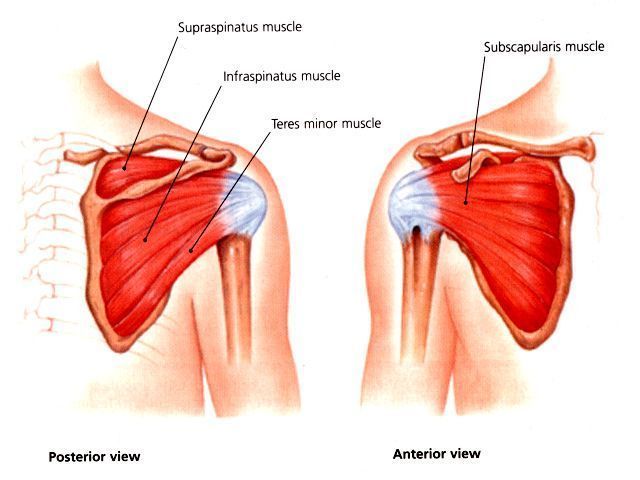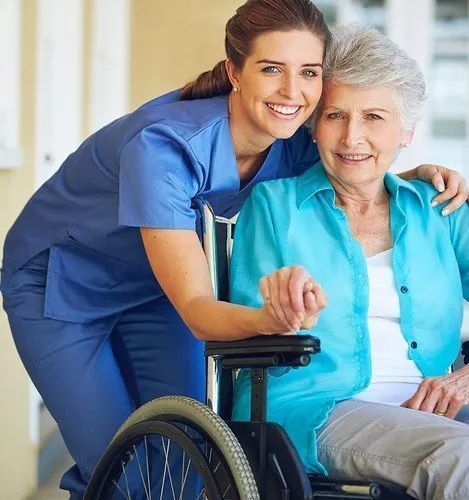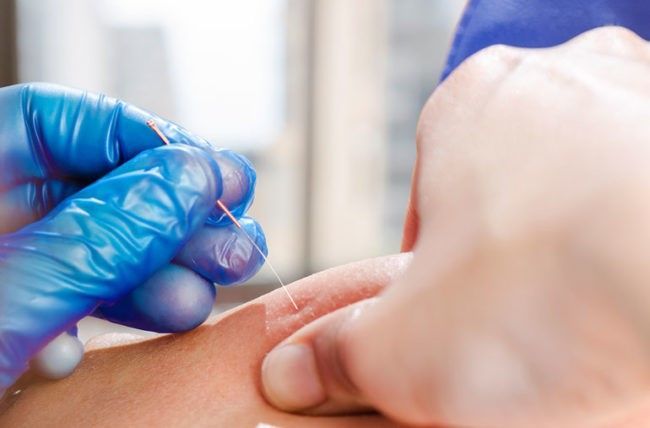When can I go back after an injury? – Injury and the “Envelope of Function”
When Can I Go Back After an Injury? – Injury and the “Envelope of Function”
We’ve all been injured before, even physiotherapists! I’m sure you’ve noticed that when you’re sore or injured you aren’t able to do everyday things as well or as much as you could before and you may also be in pain. Your injury may even affect your ability to do your job fully or to train as much as you like.
Normally when we do a tough workout or we’re on our feet all day our bodies have the capacity to cope with this loading. Our bodies react to this loading through numerous physiological responses, our bodies adapt, we recover and we can get up and go do it all again the next day. Our bodies are amazing in this way!
However if the loading is too excessive, our bodies fail to adapt quick enough and to recover quick enough thus our body’s capacity to tolerate load is reduced. This may lead to a “reactive response”, i.e. injury and/or pain to tissues and structures in the body. Our tissues now have a reduced capacity to loading for activities we would usually deem as our day-to-day activities and can be painful: going for a run, washing the dishes, driving, walking the dog, going to the gym, sleeping…. Stress, sleep, work-life balance and our habits and behaviours can also influence the body’s ability to tolerate load.
This is discussed by Scott Dye (2005 – see reference below) with his “envelope of function” theory and eloquently put to graph form by Tom Goom:
When we have an injury or a painful episode, our “manageable” loading can be reduced significantly and our “excessive” loading ramps up. Basically, it doesn’t take much for our pain to come on or to get worse. During this stage, rehabilitation is important to get us back to our baseline levels by a graded return to our own “normal” activities. We can do this by reducing the load in terms of frequency, volume and intensity – this applies to our daily activities as well as sport and training – and by increasing our tissues’ ability to tolerate loading by improving their strength and endurance to same. Pain relieving modalities may also help in the early stages as well as addressing any lifestyle and work issues that may have played a role in your injury.
Reference:
https://www.researchgate.net/profile/Scott_Dye/publication/7749608_The_pathophysiology_of_patellofemoral_pain_-_A_tissue_homeostasis_perspective/links/0deec53684c4eaa81e000000/The-pathophysiology-of-patellofemoral-pain-A-tissue-homeostasis-perspective.pdf





